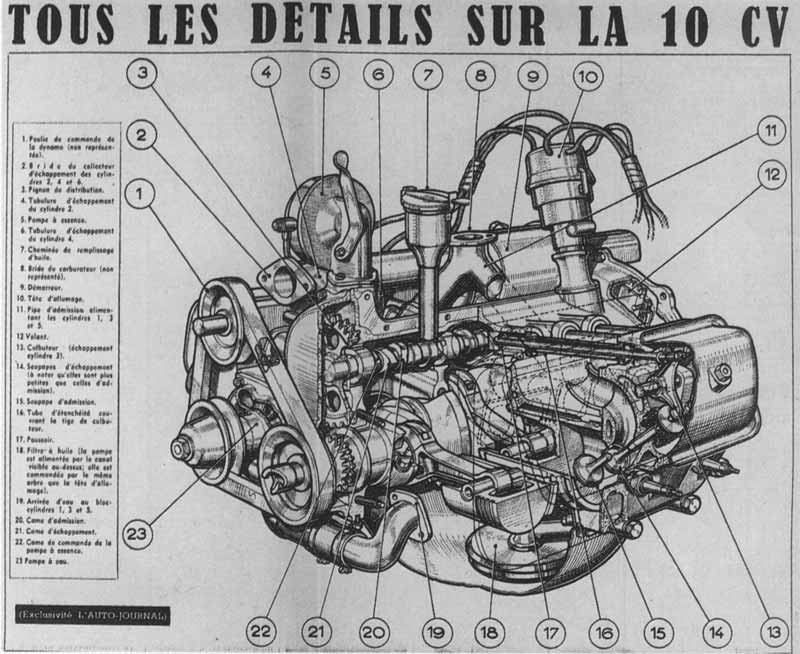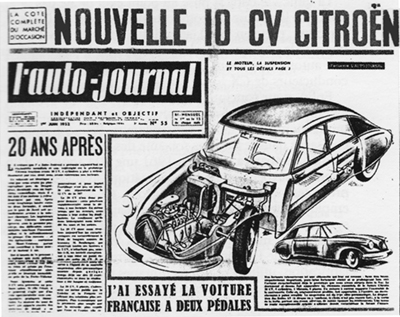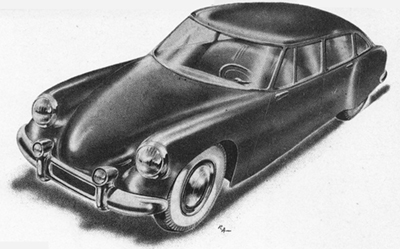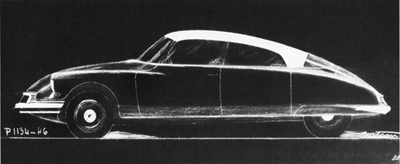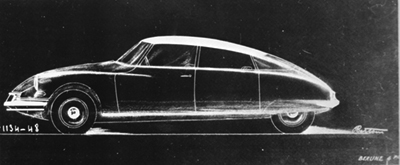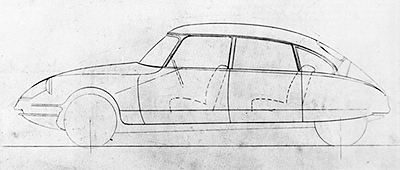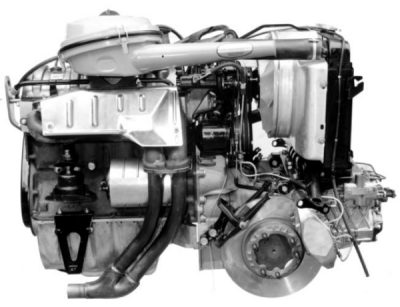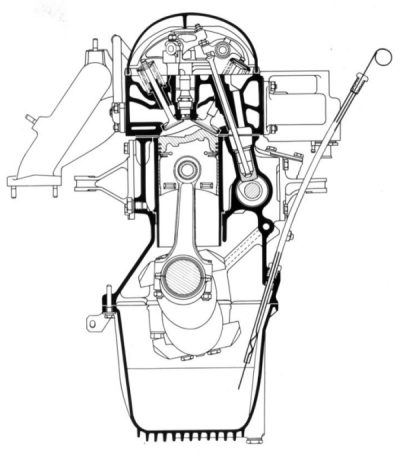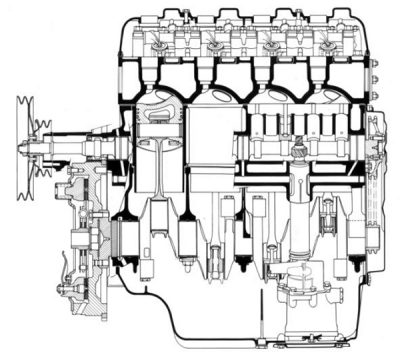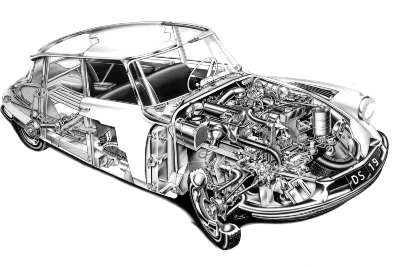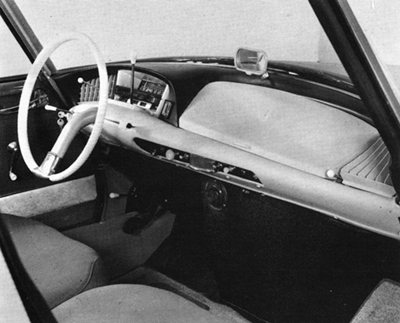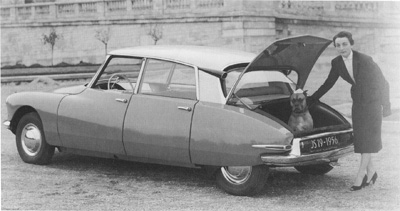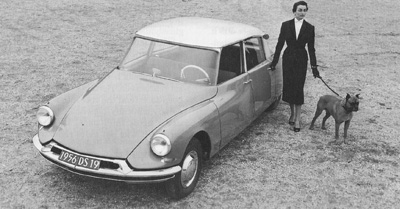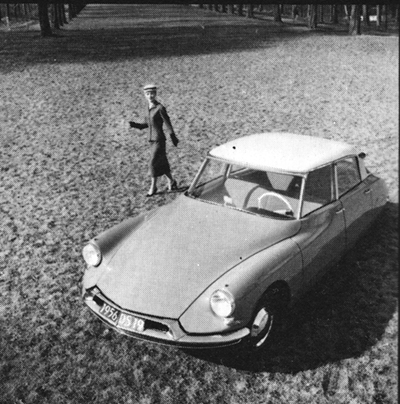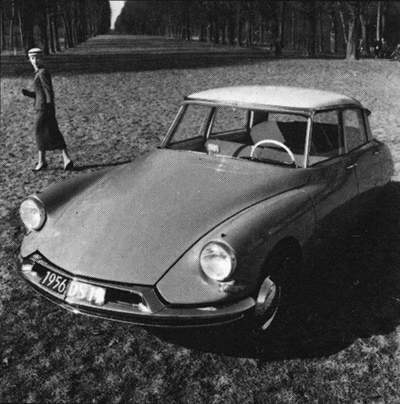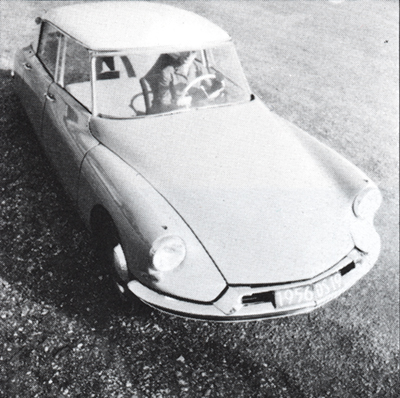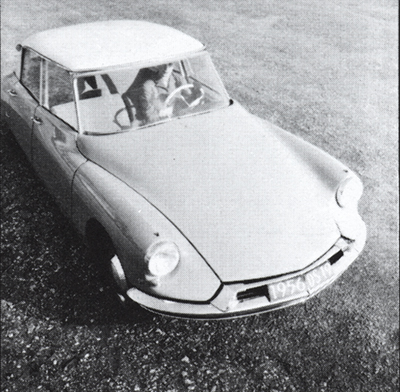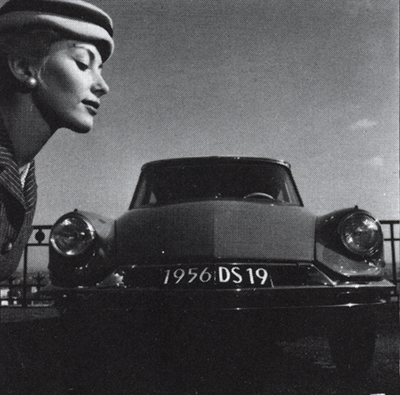|
From
1951 onwards, prototypes were clandestinely tested on the deserted
roads
of the Midi. In April 1952, l'Auto Journal published photos of one of
these
cars. In the June edition, they published accurate technical
specifications.
Bercot was furious and called in the police but the journalists refused
to divulge their sources. Citroën improved security and a veil of
secrecy descended over the new car, only to be lifted slightly with a
preview
in 1953 of hydropneumatic suspension in the 15
CV H.
|
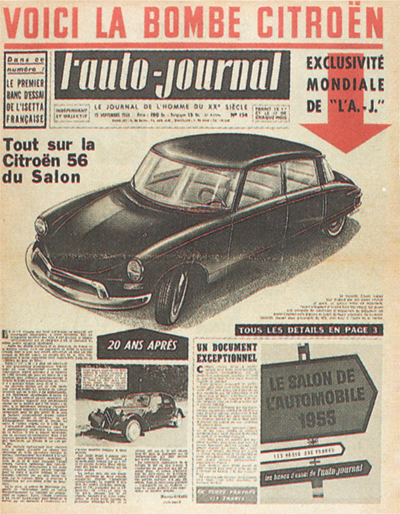 |
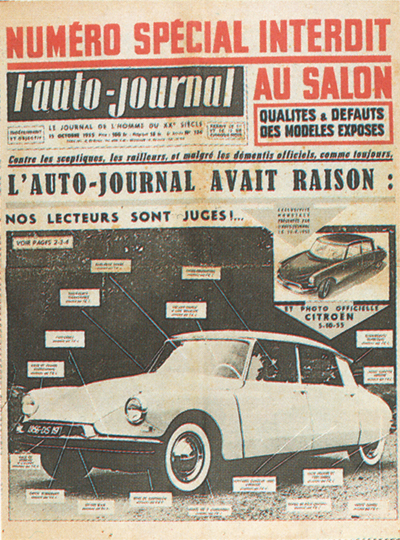 |
|
A "new" engine
Following the abandoning of
the flat six , Georges
Sainturat,
the man responsible for designing the Traction's engine was given the
task
of redesigning that engine so it could be used in the new car. He
reworked
the cylinder head of the 1 911cc engine (the Traction six cylinder was
too long) and with various modifications managed to extract 75 bhp from
it. The "new" engine was too tall to fit in front of the gearbox so the
Traction layout was employed even though this meant that the engine
protruded
into the passenger compartment.
In
an attempt to ameliorate this problem, designs incorporating the
differential
inside the sump were worked on right.
This meant that the engine/transmission
assembly could be shortened but financial constraints meant that the
project
was abandoned.
|
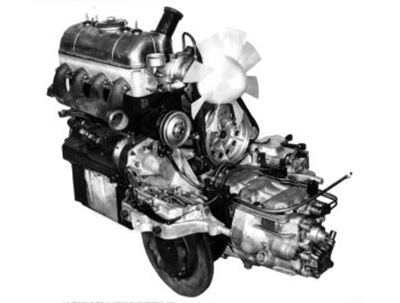 |
| Below - ID engine - front of the car
to the left |
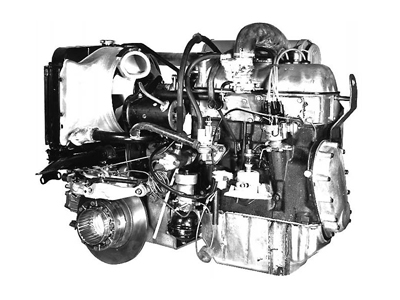 |
| Below - ID engine - front of the car
to the right |
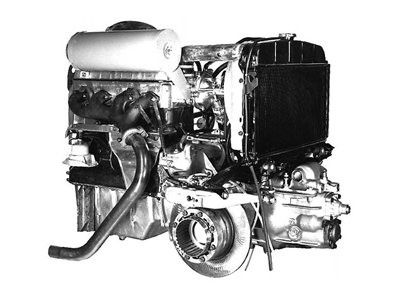 |
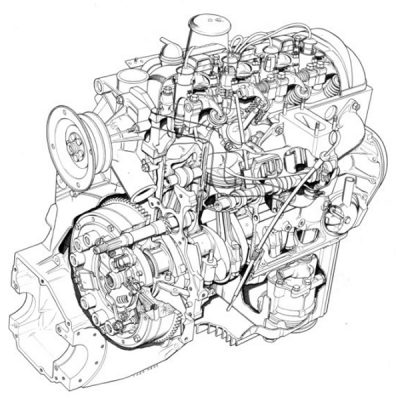 |
|
Disc brakes
Following Jaguar's
1953 win at le Mans with car equipped with Dunlop disc brakes, it was
decided to equip Projet D with front discs mounted inboard on either
side of the differential. The DS was effectively a mid-engined front
wheel drive car.
|
 |
|
Thursday 5th
October
1955
At 9 o'clock, the
new Citroën was unveiled at the Paris motor show.
|
 |
|
|
|
Unfortunately, so
had the problems. No-one had the faintest idea how these cars worked.
The workshops had no manuals. The salesmen had no publicity material.
The obsessive need for secrecy had worked against the company. early
cars were less than totally reliable. Many was the owner who found
himself stranded with no steering, no brakes, no
clutch, no gearchange , no suspension and a big pool of fluid under
his car. The local garagiste had no idea what to do. The
company
quickly mobilised itself, providing the agents with the necessary
workshop
manuals and training to allow it to honour its guarantees. But when it
was working, the DS was undoubtedly la Reine de la Route
offering novelty and modernism in addition to unprecedented levels of
comfort, road holding, braking and safety.
Little by little,
the bugs were solved. The hydraulic fluid formulation was improved to
reduce oxydisation caused by the intensely hygroscopic properties of
the early fluid and eventually, the DS became as reliable as any of its
conventional contemporaries - if maintained properly.
|
|
|
 |
|

|
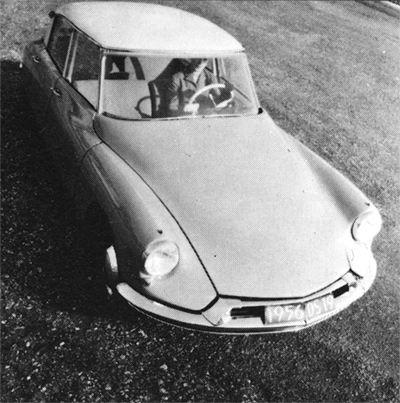 |
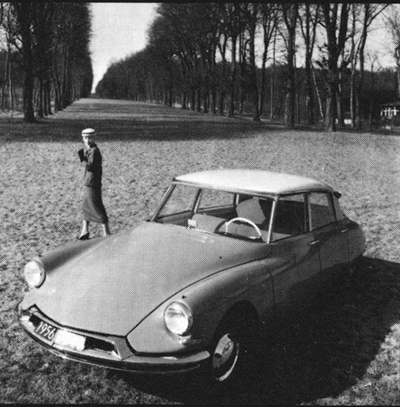 |
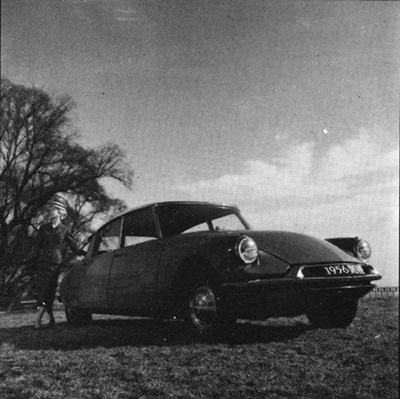 |
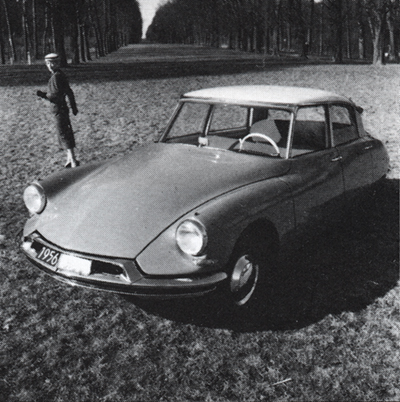 |
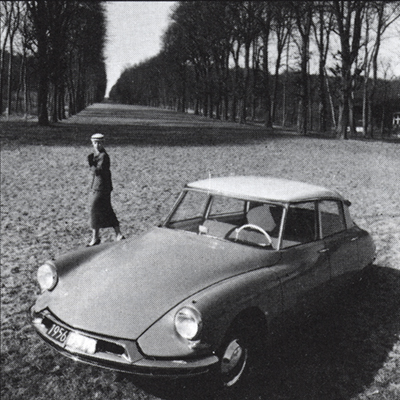 |
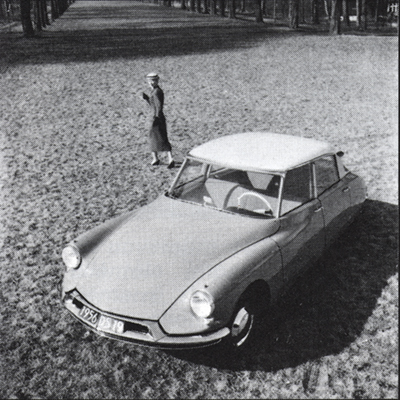 |
|
Extensive use was made of plastics - the new wonder
material
in the nineteen fifties. The futuristic dashboard was entirely made out
of plastic as was the cooling fan while the translucent roof was made
out of fibreglass.
|
 |
|
Above lightweight body panels were
bolted (or in the case of the roof, screwed) to the welded "caisson".
Right centre-point steering (where the
pivot
point passes through the centre of the point of contact between the
tyre and road surface) had been introduced on the 2CV
as had inboard brakes. Inboard brakes reduce the unsprung weight
although replacement of the pads was a labour-intensive task. Another
advantage is that cooling of the discs is better. The parking brake
operated on the front wheels.
|
|
|
